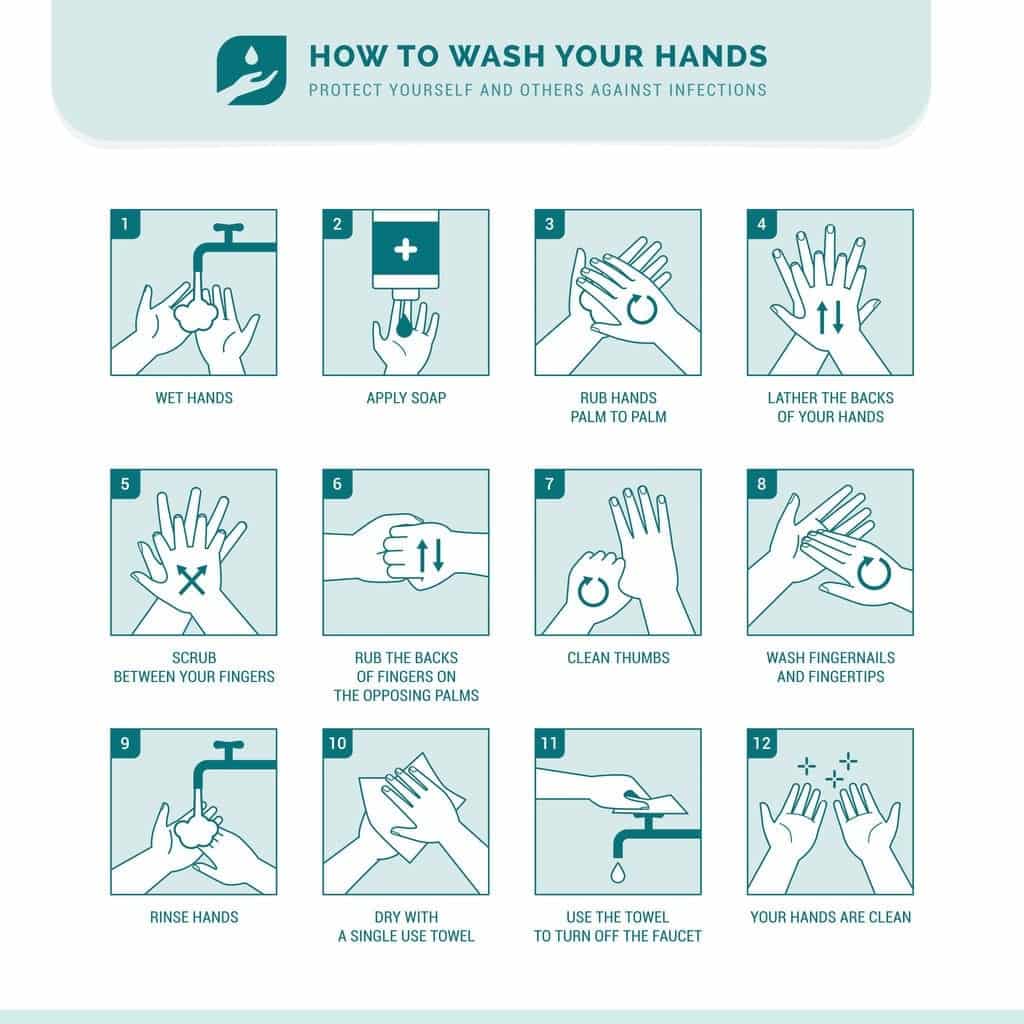The Rise of Handwashing Technology
Coronavirus has illuminated the importance of frequent and thorough handwashing. When the virus, which is encased in a layer of lipids, meets soap matched with vigorous scrubbing, the membrane of fat protecting the virus’ genetic material breaks down and becomes incapable of infecting. Any virus remnants, wrapped up in tiny soap molecules, are washed down the drain with rinsed-off suds.
Healthcare facilities have long promoted handwashing for all workers to reduce the transmission of infections. Signs hang in bathroom facilities, near operating rooms, exam rooms, break rooms reminding staff, and patients, to wash their hands. There are campaigns to promote adherence to hand hygiene recommendations put on by the CDC. There’s even #WorldHandHygieneDay on May 5.
Nevertheless, according to the CDC, in 2015, an estimated 687,000 healthcare associated infections (HAI) were acquired at medical facilities by patients receiving treatment for other conditions. This resulted in 72,000 deaths and cost the healthcare system billions of dollars. Multiple studies show that with better hand hygiene, the number of HAIs can be reduced by roughly 45%, meaning more than a billion dollars and 32,400 lives could be saved. And with COVID-19 active, these statistics could grow exponentially.
Hanging Signs Doesn’t Work

More can be done to bolster handwashing than just adding brighter colors to an infographic. Rushing from one patient to the next, a doctor likely won’t stop to casually peruse all the signs posted around the sink, but if his phone, or a wristband, buzzes with an alert, there’s a good chance he’ll pause to glance at the screen.
By equipping soap dispensers with sensors and requiring medical staff to wear smart wristbands, simple Bluetooth technology can connect apparatuses virtually, creating an Internet of Things (IoT) of a facility’s resources and staff. Using a medical IoT platform like HITactics’ M-IoT platform, the location of people and assets in a connected healthcare facility can be calculated so when a staff member is located within a certain proximity of a smart soap dispenser, a handwashing event is recorded.
Deep learning models within the IoT platform determine the quality of the handwashing event. Was the recommended 20 seconds and a vigorous enough scrubbing threshold reached? Since the event is monitored and reported back to the user in real-time, someone who steps away from the sink before their hands are adequately cleaned will be alerted immediately. Their device vibrates and the doctor returns to the sink to complete the cleaning before moving on to his next patient with virus-free hands.
By calculating how much soap a reservoir holds, the number of times a soap dispenser is activated, and how much soap is dispensed with each usage, a central control panel alerts maintenance when a dispenser needs to be refilled so doctors are never left with inadequate suds.
“We’ve seen hand hygiene compliance increase anywhere from 48% to 93% and HAI rates drop anywhere from 40% to 80% after installing the HITactics medical IoT alert system,” says Tom Dennis, HITactics CEO.
The Trees AND The Forest
Additional benefits come from taking a forest-view of the analytics gathered from these smart devices. In a mid-sized hospital group made up of 200 outpatient care facilities and 20 hospitals, with roughly 200 beds each, over 100,000 people and 50,000 devices might be being monitored, amounting to roughly 10 million tracking points per day.
Enabled by Lucidworks Fusion’s clustering algorithms, this data compiled over time can reveal patterns in hand hygiene compliance—or lack thereof—for both an individual and the collective. Actionable insights can be used to establish practices that correct short-comings.
What effect does time-of-day, portion-of-shift, or length-of-shift have on handwashing? Does room layout, sink proximity, or location in the hospital affect the quality of hand hygiene? Unexpected patterns might disclose simple changes that support medical staff in providing better care for their patients.
Thank You Medical Teams!

Beyond handwashing, coronavirus has brought to light the commitment healthcare workers have to their patients and our greater communities. Helping others recover by putting their own health at risk, sometimes in short supply of personal safety gear, shows selfless, intrepid strength.
As IoT technology advances and becomes more widely available, most sinks and soap dispensers could be equipped with the ability to ping your phone with a warning that you need to go back and keep scrubbing. In the meantime, support our medical workers and their families with preventative healthcare: stay at home and wash your hands.